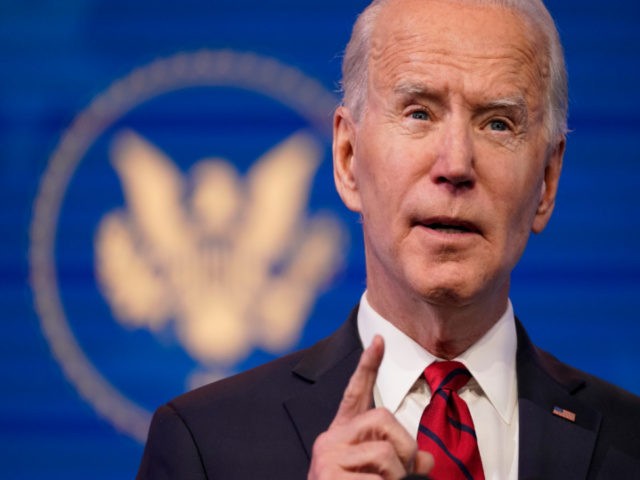Jobless claims dipped by 26,000 to 900,000, in line with forecasts, for the week ending January 16.
The previous week’s level was revised down by 39,000 from 965,000.
Jobless claims—which are a proxy for layoffs—remain at extremely high levels. Prior to the pandemic, the highest level of claims was 695,000 hit in October of 1982. In March of 2009, at the depths of the financial crisis recession, jobless claims peaked at 665,000.
The four-week moving average, which many economists consider a better gauge of the labor market because it smooths out week to week volatility, was 848,000, an increase of 23,500 from the previous week’s revised average.
Even when the economy is creating a lot of demand for workers, many businesses will shed employees as they adjust to market conditions. But in a high-pressure labor market, those employees quickly find jobs and many never show up on the employment rolls. What appears to be happening now is that many workers who lose their jobs cannot quickly find replacement work and are forced to apply for benefits.
Claims hit a record 6.87 million for the week of March 27, more than ten times the previous record. Through spring and early summer, each subsequent week had seen claims decline. But in late July, the labor market appeared to stall and claims hovered around one million throughout August, a level so high it was never recorded before the pandemic struck. Claims moved down again in September and had made slow, if steady, progress until the election.
The election of Joe Biden and uncertainty about which party would control the Senate may be discouraging businesses from hiring. Biden has promised to make raising taxes on businesses a top priority for his administration, which will leave businesses with fewer funds for expanding payrolls or raising wages. As well, many businesses expect a flood of new regulations from the Biden administration, which is also a drag on the labor market.
New restrictions on businesses aimed at stemming the resurgence of coronavirus are likely contributing to layoffs now. Some states and cities have imposed new curfews and discouraged people from leaving home for non-essential reasons. Businesses faced with this suppressed demand will likely be forced to cut their payrolls to reflect lower sales.
Continuing claims, those made after the first filing for benefits, get reported with a week’s lag from initial claims. For the week ended January 9, continuing claims fell 127,000 to 5,054,000. The four-week average of continuing claims was 5,126,250, a decrease of 67,000 from the previous week.
In addition to regular state unemployment benefits, the federal government this spring launched two new programs aimed at delivering benefits to workers who ordinarily would not qualify, including gig workers, the self-employed, and those who remain jobless after regular unemployment benefits have expired. During the week ending January 2, 49 states reported 5,707,397 continued weekly claims for Pandemic Unemployment Assistance benefits, the self-employment and gig worker benefits program. States reported 3,026,952 continued claims for Pandemic Emergency Unemployment Compensation benefits, the program that extends unemployment benefits after the expiration under the regular programs.
The total number of continued weeks claimed for benefits in all programs for the week ending January 2 was 15,994,519, a decrease of 2,4. million from the previous week. Much of this decrease is likely due to people coming off the unemployment rolls because they had hit the limit for how long they could receive benefits rather than being an indication of people finding work.

COMMENTS
Please let us know if you're having issues with commenting.